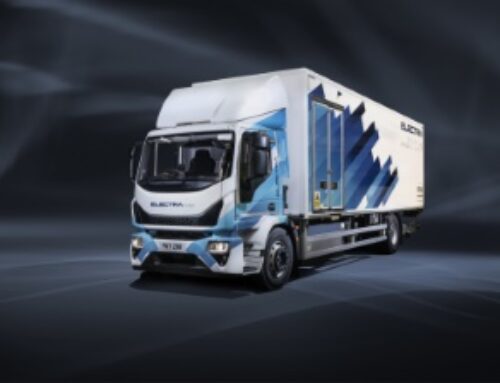Getting the records straight
 Mark Lewin, director of transport compliance expert Novadata, explains why keeping robust records of drivers’ hours is still proving a challenge for some operators
Mark Lewin, director of transport compliance expert Novadata, explains why keeping robust records of drivers’ hours is still proving a challenge for some operators
Observing and complying with the rules on drivers’ hours has long been something of a challenge for the busy operator. Keeping the rules is one thing, while keeping accurate records is yet another.
Long experience of helping candidates to update their knowledge shows that, in some ways, the keeping of accurate records is often the more difficult task – and recent changes have added to that challenge.
This is a serious concern as inaccurate records present major problems in terms of fulfilling the undertakings for the holder of an O-licence. Traffic commissioners tend to take an equally dim view both of breaking the rules and of failing to demonstrate that you have kept the rules.
After all, if you can’t demonstrate that you have complied with drivers’ hours, why should the TC accept on trust that you have?
We have long known that drivers who haven’t received sufficiently clear instruction find it all too easy to use their digital tachograph inaccurately. One of the most common problems is failing to switch the tachograph to other work whilst conducting the daily walkaround check of the vehicle and the reporting of any defects for correction.
The resultant record therefore not only suggests that no vehicle inspection was carried out as legally required, but it could also be inferred that the record itself has been falsified, as it is not a true reflection of that working day.
Now, with the latest changes, the acceptable formats for keeping records have also changed, and the operator must ensure that they are applying best practice in using one of these. You may well be compliant, but unless you can demonstrate this by clear records in an acceptable format, you could still meet with the displeasure of the traffic commissioner.
The new rules apply to everyone who carries out any in-scope driving. This means they apply to occasional drivers, although how detailed the record must be may depend how occasional they are. If someone who normally rarely drives as part of their role is required to drive from time to time, they will not be expected to keep daily records for all their non-driving related activity. On weeks when they do not carry out any in-scope driving, a weekly record will suffice. They will only be required to keep detailed records of days or weeks in which they do drive an in-scope vehicle. This will often apply to the transport manager who may need to fill in very occasionally due to sickness or in an emergency.
The UK government website gives some helpful examples of how to record the time for a transport manager in this situation in its guidance document, Drivers’ hours: recording of other work.
On the other hand, those whose roles include little, but regular, in-scope driving, will be required to account for all their time; including driving, other work, breaks, rest, periods of availability, annual leave and sickness leave. The guidance states, “Where a driver fails to record other work and duties or attempts to hide insufficient rest periods DVSA will take enforcement action.”
Should you wish to play it safe, you can, of course, keep daily records for everyone who might be called upon to undertake in-scope driving.
Operators are now expected to keep records in one of just a few ways. Essentially, these are all designed to ensure that the individual driver is clearly identified for the purposes of drivers’ hours records. You can choose to make records in one of the following ways.
You can make manual inputs on a digital or smart tachograph. We recommend that you make very sure that your drivers are clear about how to do this, as manual entries remain one of the biggest areas of error for digital tachograph users.
 It is wise to include a Driver CPC course on drivers’ hours and tachographs as part of each driver’s periodic Driver CPC training. You may also need to refresh your own knowledge. We have seen a sharp upturn in the number of transport managers enrolling in digital tachograph and drivers’ hours courses since the changes came into effect.
It is wise to include a Driver CPC course on drivers’ hours and tachographs as part of each driver’s periodic Driver CPC training. You may also need to refresh your own knowledge. We have seen a sharp upturn in the number of transport managers enrolling in digital tachograph and drivers’ hours courses since the changes came into effect.
You may make a manual record on a record sheet or printout paper. When using this option, drivers must ensure that there is enough detail to identify the individual driver.
You may use an analogue record sheet, however, you must ensure that the individual driver is clearly identified.
On digital printout paper, the driver must be clearly identified by their name, their driver card, or their driving licence number.
These are now the only forms of records that are acceptable for drivers’ hours. Older methods such as diaries are no longer permitted.
As is increasingly the case in our industry, not only do you have to comply with the rules, you must also be able to demonstrate your compliance clearly in an accepted format. If it has been some time since you refreshed either your digital tachograph technology, your best practice knowledge or your drivers’ knowledge of the correct operation of their tachograph equipment and their compliance with drivers’ hours rules, we strongly recommend you consult an expert.
After all, you want it to be on the record that you are compliant, not that you came to the notice of the traffic commissioner for all the wrong reasons.










